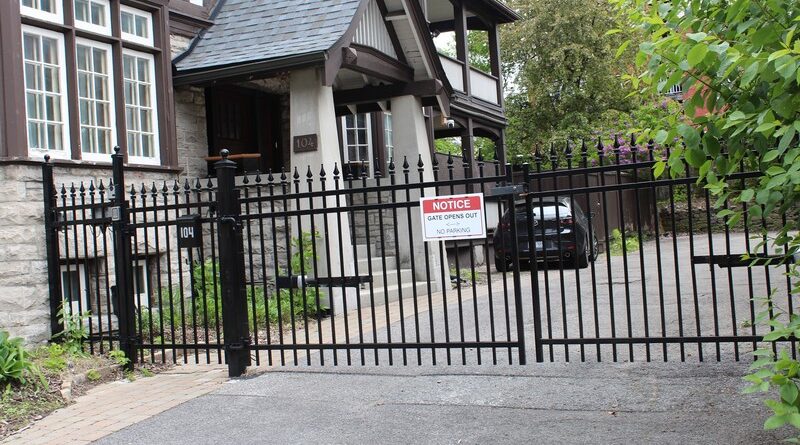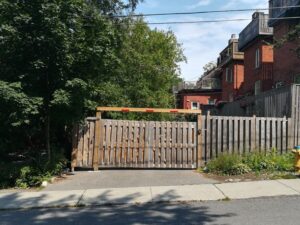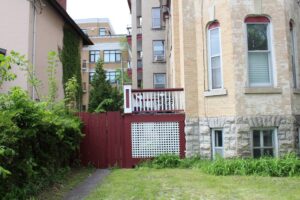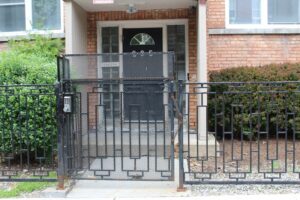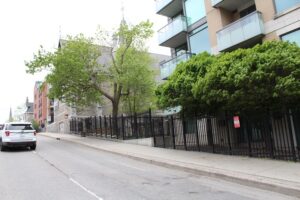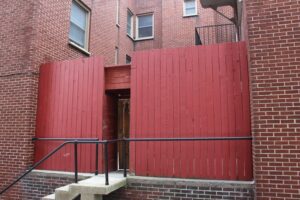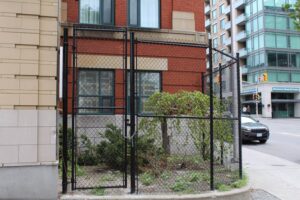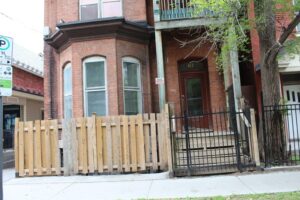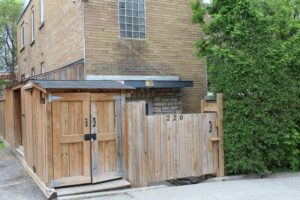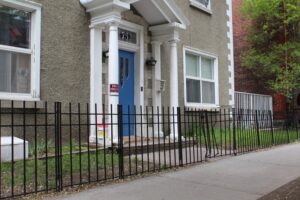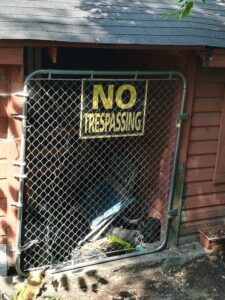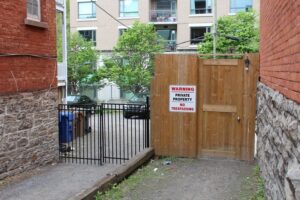Urban “fencification” is a sign of our housing crisis
Ralph Blaine
Have you noticed all the new fences going up around Sandy Hill? In a minor way, I seem to have been at the forefront of this phenomenon. About six years ago, not many months after the Supervised Injection Site at the Sandy Hill Community Health Centre opened, my neighbours said they were seeing people walking through the alley on the east side of my house. Shortly thereafter, one of the owners of the multi-family house next door to me reported that someone was sleeping in the same narrow alley between our two buildings. He showed me a pile of rumpled bed clothes, various food scraps and what seemed to be human feces. I cleaned up the mess and built a six-foot fence at both ends of the alley.
Since then, there has been a steady increase in attempts to deter incursions onto private property in the northwest corner of Sandy Hill. Often, the first step was a “No Trespassing” sign. The owner of the lovely row house, just across the street from the Supervised Injection Site, discovered how effective this approach was when his building was broken into and set afire.
Gradually, these signs gave way to metal or wooden fences with gates guarding the walkway to the front door. But it was not uncommon to see people hopping over these fences or simply pushing open the gates to the front walkway. As time passed, the fences became even taller and the gates were equipped with locks. Private residences, apartment towers, local businesses and even churches have added fences in the past few years.
I’ve begun to see these fences as a warning that something is going amiss in our society. Part of the problem results from an ever-decreasing housing stock that is designed to accommodate fellow citizens of low income. Rooming houses and other cheap living spaces used to be common in the downtown core of most cities; they certainly were much more common in Sandy Hill when I moved here in the early 70s. Larry Newman has written a number of articles for IMAGE chronicling the renoviction tactics of local developers as they pressure residents to leave cheap lodging. This conversion of affordable housing into pricey houses and small apartments has been going on for many years. As property values go up and rents increase, there will likely be more and more people forced into the street. Consequently, more and more fences will be built.
The book Abundance: How We Build a Better Future by Ezra Klein and Derek Thompson provides a good analysis of how our current affordable housing shortage arose and how it has contributed to the serious homeless crisis in North America. Anyone interested in a possible solution to this crisis would find much food for thought in these pages.
All photos: Ralph Blaine
